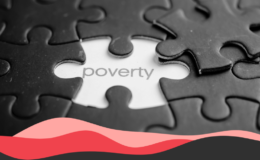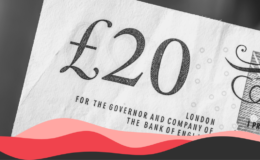- Data shows that in 2018-2019, 49.5% of FSME school leavers had at least five GCSEs including English and maths, compared to 78.5% of their non-FSME peers – a gap of 29 percentage points.
- In 2005-2006 the gap was 32.1pp, a difference of 3.1pp.

The UUP’s manifesto for the 2022 Assembly election says there is a “persistent and unacceptable attainment gap at GCSE between Protestant and Catholic pupils entitled to free school meals and those not entitled to free school meals.”
The manifesto claims: “This attainment gap was 29 percentage points for 2018-19 (pre-covid), representing an improvement of only 3 percentage points since 2005-06, based on the percentage of school leavers achieving 5+ GCSEs at grade A*-C or above including English and Maths.”
What does the data say?
Stats
The Department of Education’s annual School Leavers Survey records GCSE results for both students who are eligible for free school meals (FSME) and students without that entitlement (non-FSME).
Departmental data for 2018-19 shows that 49.5% of FSME school leavers had good GCSEs (meaning five or more GCSEs with grades A*-C, including English language and maths), compared with 78.5% of the non-FSME peers, a gap of 29 percentage points (pp).
How has this changed since 2006?
Persistent
In May 2021, the NI Audit Office published Closing the Gap – social deprivation and links to educational attainment, a report into the effectiveness of two Department of Education programmes that aim to improve FSME students’ results, Targeting Social Need and Sure Start.
This report found that the gap between FSME and non-FSME students who achieved good GCSEs fell from 32.1pp in 2005-06 to 29.0pp in 2018-19 – a difference of 3.1pp.
Fresher figures
Newer data about GCSE results is available.
The School Leavers Survey for 2019-20 found that the proportion of FSME students who got good GCSEs increased by 6.2pp to 55.7%. The percentage of non-FSME school leavers who recorded good GCSEs was 83.4%, meaning the attainment gap was 27.7pp.
However, those figures cover the first year of the pandemic – when teacher-assessed grading was introduced – and are less of a direct comparison than the stats cited in the UUP manifesto.




